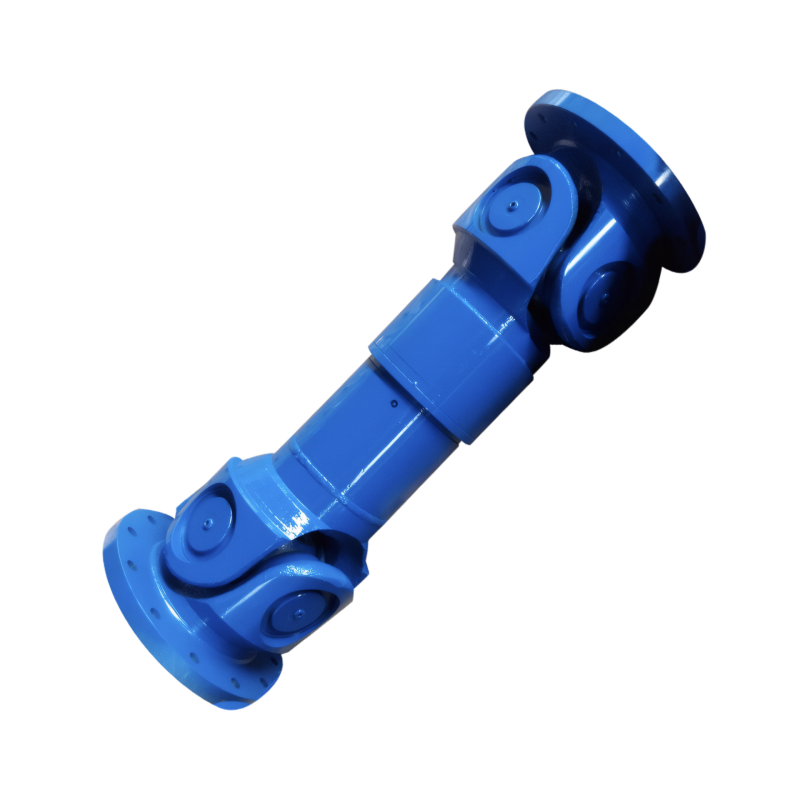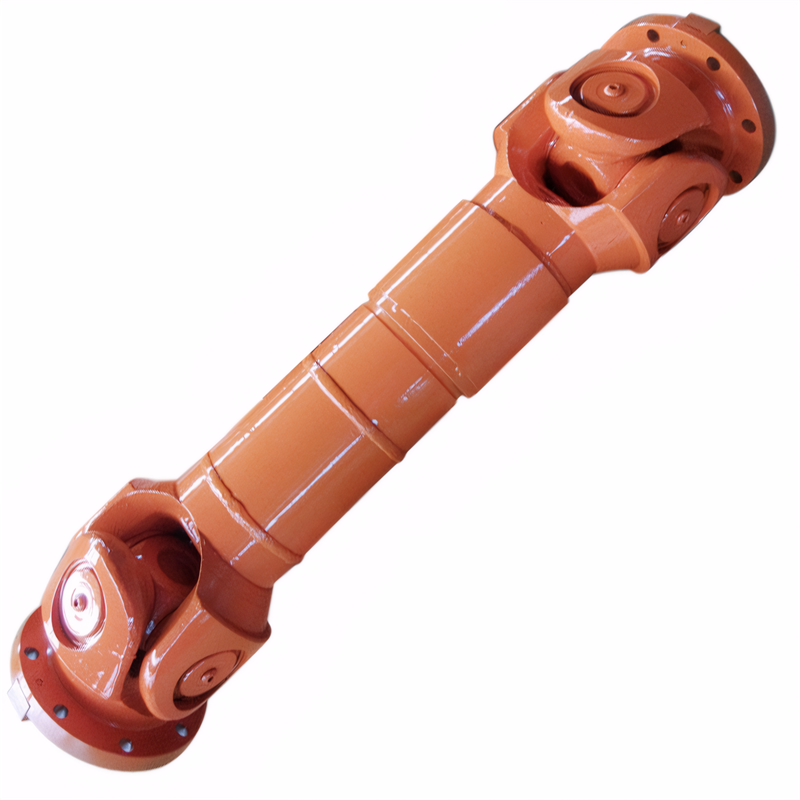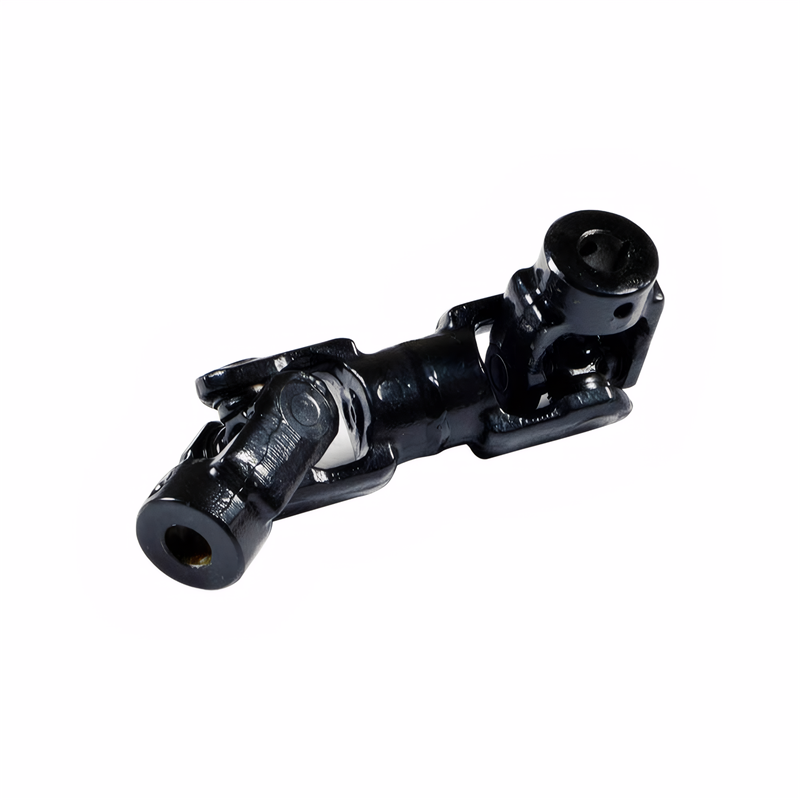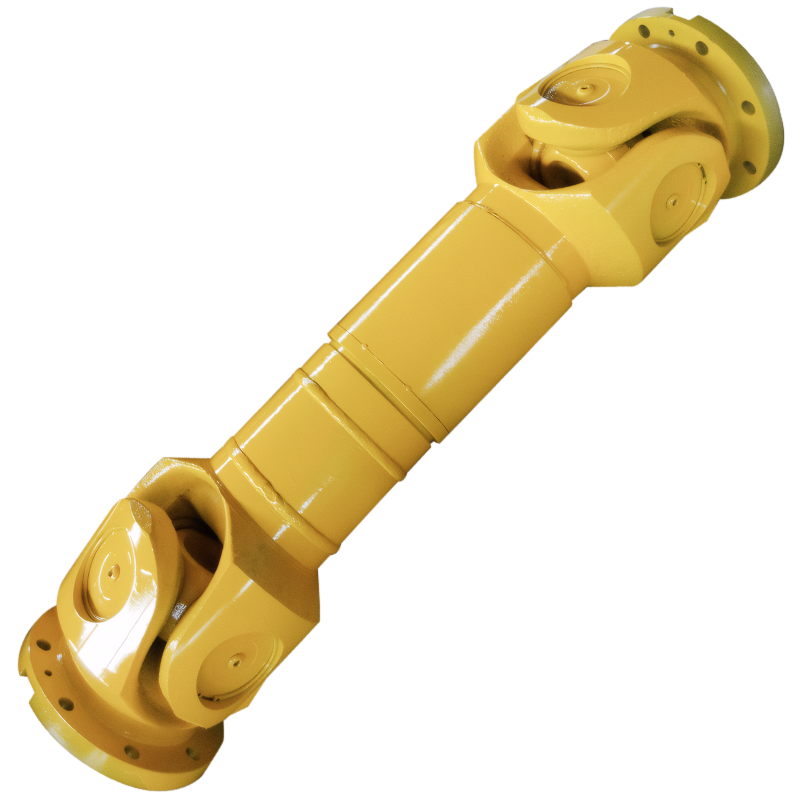Daily inspection items for drive shafts
Essential Daily Inspection Items for Transmission Shafts
Visual Inspection Procedures
Exterior Component Examination
Begin each inspection by thoroughly examining all visible components of the transmission shaft assembly. Look for:
- Cracks or deformation in the shaft body, particularly near welds and joints
- Corrosion or paint damage that may indicate underlying metal fatigue
- Loose or missing bolts on flange connections and support brackets
- Damage to protective coatings or anti-corrosion treatments
- Accumulation of dirt, grease, or debris that may mask underlying issues
Pay special attention to areas where the shaft connects to other drivetrain components, as these junctions experience the most stress during operation. Document any abnormalities with photographs for future reference and comparison.
Protective Cover Assessment
Inspect all protective elements designed to shield the transmission shaft:
- Check rubber boots and seals for cuts, punctures, or deterioration
- Verify proper clamping force on both ends of protective covers
- Look for signs of lubricant leakage around boot seals
- Ensure heat shields remain securely attached and undamaged
- Clear any accumulated debris from shield surfaces that may trap moisture
Damaged protective covers should be prioritized for replacement, as they prevent contaminants from entering critical bearing surfaces and joint assemblies.
Operational Condition Monitoring
Vibration Analysis During Operation
Conduct a brief road test to evaluate vibration characteristics:
- Accelerate gradually from idle to highway speeds, noting any unusual vibrations
- Pay attention to changes in vibration intensity at specific RPM ranges
- Monitor for vibrations that correlate with steering wheel movement or vehicle speed
- Check for excessive vibration during gear changes in manual transmissions
- Compare current vibration patterns with baseline measurements from previous inspections
Record the severity and frequency of any abnormal vibrations, as these may indicate imbalance, misalignment, or component wear within the transmission shaft system.
Noise Evaluation Techniques
Listen for abnormal sounds during vehicle operation:
- Clunking or banging noises during acceleration or deceleration
- Whining or grinding sounds that change with engine speed
- Clicking or popping noises during low-speed maneuvers
- Squeaking or rattling from protective covers or heat shields
- Humming noises that increase with vehicle speed
Perform these evaluations on smooth road surfaces with minimal background noise for the most accurate assessment. Document the conditions under which each noise occurs.
Component-Specific Inspection Points
Universal Joint Examination
Focus on these critical areas of universal joint assemblies:
- Check for excessive play by grasping the yoke and attempting to move it axially
- Verify smooth rotation through the joint's full range of motion
- Inspect bearing caps for cracks or deformation
- Look for signs of lubricant leakage around seals
- Examine cross-shaped bearings for pitting or discoloration
Universal joints with visible damage or excessive play require immediate attention, as failure can lead to complete drivetrain separation.
Slip Yoke Function Verification
For transmission shafts with slip yoke designs:
- Check for proper engagement between the yoke and spline shaft
- Verify smooth telescoping action during manual operation
- Inspect the yoke for signs of wear or galling on the splines
- Look for lubricant leakage at the seal between the yoke and transmission
- Ensure the retaining clip or bolt remains securely in place
Improperly functioning slip yokes can cause driveline vibration or sudden disconnection, making this component's condition critical to safe operation.
Support System Evaluation
Intermediate Bearing Inspection
Examine all intermediate support bearings:
- Check for proper mounting bolt torque specifications
- Look for signs of bearing movement or misalignment
- Inspect rubber mounts for cracks or permanent deformation
- Verify the bearing spins freely without excessive noise
- Examine the surrounding area for signs of overheating or discoloration
Worn intermediate bearings create excessive vibration and accelerate wear on connected components, making their inspection vital during routine maintenance.
Mounting Bracket Condition
Review all transmission shaft mounting brackets:
- Check for cracks or deformation in the bracket structure
- Verify proper alignment with the vehicle's chassis
- Inspect for loose or missing mounting hardware
- Look for signs of stress fractures near bolt holes
- Ensure all brackets remain free of corrosion and damage
Misaligned or damaged mounting brackets alter the shaft's operating angles, leading to premature wear of universal joints and other driveline components.
 Check for deviation of the dri
Check for deviation of the dri
 Special requirements for winte
Special requirements for winte
 The replacement method of the
The replacement method of the


